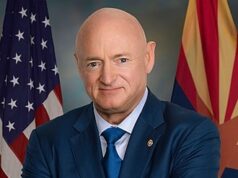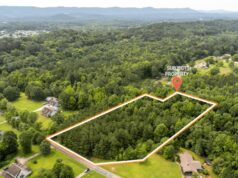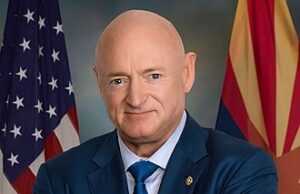FEMA Assigns Over $16 Million for Forests, Natural Reserves and Wildlife Refuges
The renovations to the recreational areas at La Parguera and the Toro Negro Forest will promote sustainable tourism
Guaynabo, Puerto Rico – RealEstateRama – Trails, natural pools, reservoirs and even camping areas: these are some of the recreational areas of the Toro Negro State Forest, located on about 8,000 acres of land between central and southern Puerto Rico. The forest has the highest mountain on the island: Cerro Punta.
Toro Negro is one of the forests, nature reserves and wildlife refuges that will benefit from around $16 million in allocations from the Federal Emergency Management Agency (FEMA). The award seeks to repair damage caused by Hurricane María in these spaces for the enjoyment of its visitors.
“In commemoration of International Earth Day month, we emphasize on the importance of preserving our natural resources. The funds obligated for these 36 projects will help make the facilities fit for recreation, while supporting our island’s ecological welfare,” said the Federal Disaster Recovery Coordinator in Puerto Rico, José G. Baquero.
The official also highlighted the leading role played by the agency’s Environmental and Historic Preservation (EHP) division in the restoration of these areas. FEMA’s EHP experts provide technical assistance on the respective federal regulations, directives and legal mandates put in place to protect and minimize impacts to these valuable resources.
In the case of Toro Negro, the strong currents from the hurricane rains accelerated erosion in areas of the trail and destroyed part of the facilities. With the allocation of nearly $138,600, it will be possible to repair its eleven miles of trails, the areas of the natural pool, the gazebos, the offices, the camping residences and the warehouse, among other areas.
The Amigos del Bosque organization was founded in 2016 with the purpose of providing and promoting education about conservation and enjoyment of the forest, while driving sustainable, responsible, community-based development.
For the Ala de Piedra neighborhood, the community next to the forest, the repairs would mean more employment opportunities for the 300 families who live there. “The fact that it can be made much better and more accessible is an opportunity for the people of the community to work and to empower themselves in the forest. If the natural pool is repaired, it would bring many jobs, because we are talking about lifeguards, maintenance, ticket office,” explained Báez Vitali.
The forest is also known for being a scientific research area. At this time, there are two active studies on coquíes and mongooses: doctoral students often camp there to research the forest’s flora and fauna.
Another landmark that will benefit from a $295,000 allocation is the La Parguera Nature Reserve in the municipality of Lajas. The reserve’s role is to protect the mangroves and coral reefs; the Caracoles, Enrique and Mata la Gata keys; as well as the famous Playa Rosada.
Meanwhile, the mayor of Lajas, Jayson Martínez Maldonado, explained that the reserve is still open to the public and receives around 1,000 tourists per month. Also, he estimates that the repairs will start on June of this year and will be completed by March of 2023, which he projects will increase the arrival of more tourists to the area by 30 to 40 percent.
Today, according to the municipality, the La Parguera region is one of the most productive fishing areas locally. Some 2,000 people reside in the area, where over 150 jobs are generated.
The approval of funds represents good news for resident Angel Cruz Acevedo, who has lived in La Parguera for 40 years. “The improvements at Playa Rosada would be for the good of all the residents of La Parguera who have been using the facilities for a long time. Families would go to those areas for tourism and entertainment.”
La Parguera Nature Reserve also welcomes local and international scientists who conduct research on the flora, fauna and ecosystem of the reserve. It also serves as a research laboratory for different universities and entities in Puerto Rico.
One of the researches being conducted by the Mayagüez Campus of the University of Puerto Rico there seeks to characterize some shallow reefs in La Parguera, obtain data and compare them with reefs experiencing coral tissue loss (SCTLD). The research will monitor the seafloor, describing in detail the biodiversity and other relevant ecological factors in the area.
For his part, the executive director of the Central Office for Recovery, Reconstruction and Resilience (COR3), Manuel A. Laboy Rivera, said “the development of the reconstruction projects of these recreational facilities are important to continue promoting Puerto Rico as a tourist destination, both for local and foreign tourists. With the increase of visits to these natural reserves, the socioeconomic development of the communities is supported. To date, COR3 has reimbursed $21.8 million to the DNER for multiple projects that will revitalize facilities affected by Hurricanes Irma and Maria, as well as earthquakes. COR3 will continue to support the DNER in the technical processes related to the development of permanent works.”
For more information on Puerto Rico’s recovery from Hurricane María, please visit fema.gov/es/disaster/4339 and recuperacion.pr. Follow our social media pages at Facebook.com/FEMAPuertoRico, Facebook.com/COR3pr and Twitter @COR3pr

















